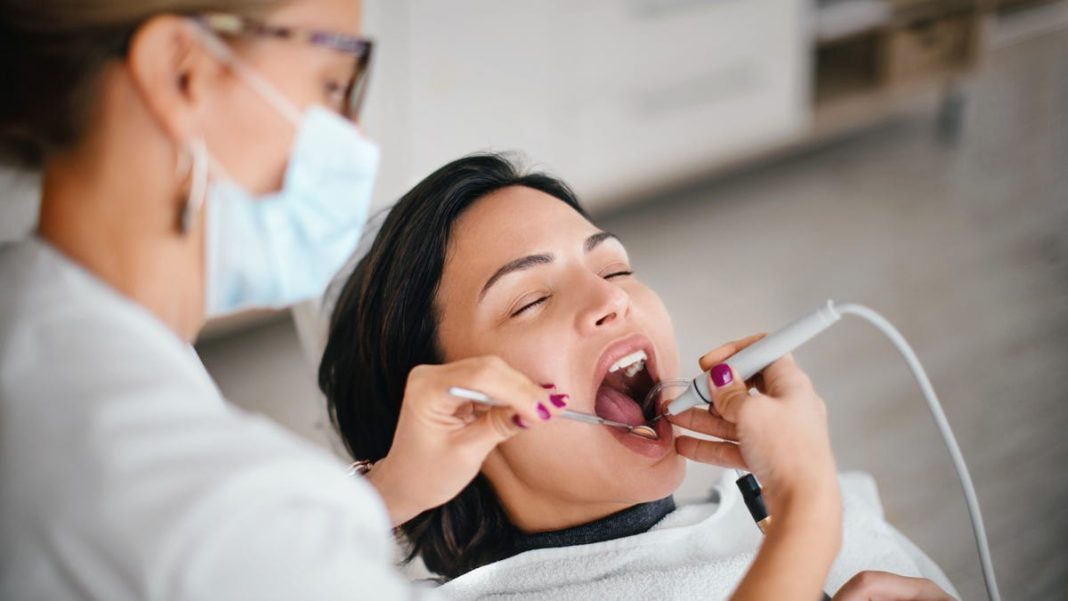The thought of reversing tooth decay without a drill has long been a dental fantasy. For generations, the solution to a cavity meant a trip to the dentist for a filling. But what if science could offer a different path? What if a simple gel could help your teeth rebuild themselves, effectively regrowing enamel and making cavities a thing of the past? It sounds like science fiction, but advancements in dental research are bringing this concept closer to reality. Here’s the scoop on the innovative gels aiming to revolutionize oral health.
The Science of Self-Repair: Understanding Enamel Regeneration
Our tooth enamel, the hardest substance in the human body, is constantly under attack from acids produced by bacteria in our mouths. This process, known as demineralization, wears away at the tooth surface, eventually leading to cavities. Our bodies do have a natural defense mechanism: remineralization, where minerals like calcium and phosphate from our saliva are deposited back onto the enamel. Fluoride, a common ingredient in toothpaste, significantly aids this natural repair process by making the enamel more resistant to acid.
However, once a cavity forms beyond a certain point, the natural remineralization process isn’t enough to fully restore the damage. This is where cutting-edge dental gels come into play. These gels are designed to supercharge the remineralization process, delivering high concentrations of specific minerals directly to the tooth surface. Some formulations utilize advanced forms of calcium phosphate, such as synthetic hydroxyapatite – the primary mineral component of natural enamel – often combined with fluoride, to encourage faster and more efficient rebuilding of the tooth structure. The goal is to mimic and enhance the body’s own repair mechanisms, providing the building blocks necessary for genuine enamel regrowth.
From Lab to Lifestyle: How These Gels Are Being Developed
Developing a gel that effectively regrows enamel and targets cavities is no small feat. Researchers are exploring various technologies, from gels that release calcium and phosphate ions over time to more sophisticated biomimetic approaches that use peptides (small proteins) to guide the formation of new enamel crystals, much like our bodies do during tooth development. These peptides act as a scaffold, encouraging the precise formation of new, strong enamel.
The promise of these gels lies in their ability to potentially reverse early-stage cavities, also known as “white spot lesions,” which are demineralized areas before they become full-blown holes. They could also significantly strengthen existing enamel, making it more resistant to future decay. As Dr. Anya Sharma, a leading dental material scientist, puts it, “We’re moving beyond just preventing cavities to actively repairing the damage. It’s about empowering the tooth’s inherent ability to heal, but with a scientific boost.” While traditional fillings remain crucial for larger cavities, these gels present an exciting paradigm shift towards non-invasive restorative dentistry.
The Current Landscape and What to Expect
So, are these miraculous gels available on every pharmacy shelf? Not quite yet. While some products containing remineralizing agents like hydroxyapatite are already on the market as specialized toothpastes or oral rinses designed to strengthen enamel, the more advanced cavity-reversing gels are often still in various stages of clinical trials or limited professional use. The science is incredibly promising, with ongoing research continually refining formulations and delivery methods to maximize effectiveness and ensure safety.
The future vision includes dental professionals being able to apply potent gels that can halt and reverse early decay, potentially reducing the need for traditional drilling and filling procedures for many patients. For consumers, this could mean more robust preventive care options and a greater chance of maintaining a natural, healthy smile for life. It’s important to remember that these innovations aren’t a substitute for good oral hygiene – regular brushing, flossing, and dental check-ups will always be the foundation of a healthy mouth. However, the prospect of an enamel-regrowing gel offers a genuinely exciting glimpse into the future of dentistry, where maintaining and even restoring our natural teeth becomes an increasingly attainable goal.
*




